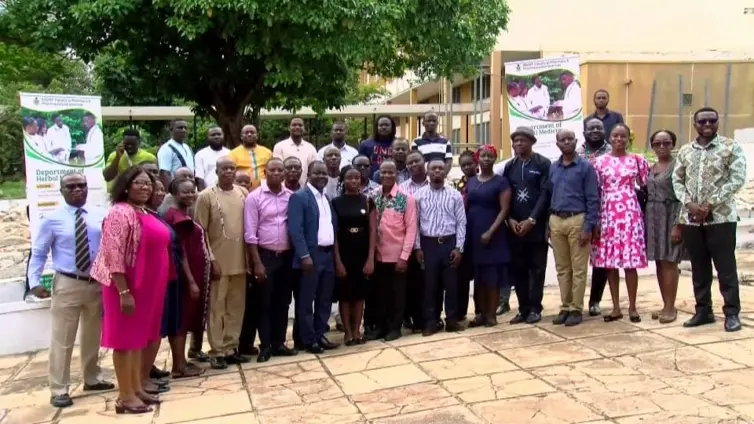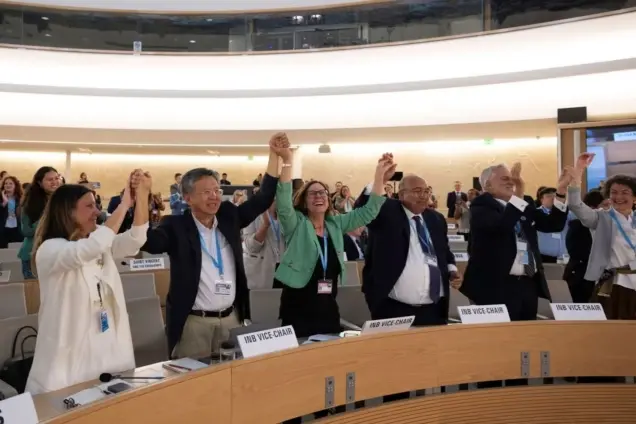Imagine inhaling the equivalent of two packs of cigarettes every day. This startling comparison, made by Dr. Richard Bright Danyoh of the Ghana Paediatric Association, highlights the severe health risks associated with firewood cooking, a common practice for countless households worldwide. For many, traditional cooking methods using firewood and charcoal are not a matter of choice but necessity. However, the smoke they produce poses significant dangers, demanding urgent attention and action.
Dr. Danyoh emphasizes that the health consequences of firewood cooking health risks are comparable to those of heavy smoking, an alarming reality for those relying on these methods daily, particularly in regions where cleaner alternatives are scarce or inaccessible.
The Shocking Truth: Firewood Smoke vs. Cigarette Smoke
The World Health Organization (WHO) has published statistics cited by Dr. Danyoh, indicating that daily exposure to smoke from traditional cooking methods is akin to smoking two packs of cigarettes. This exposure leads to a range of health problems, including respiratory illnesses and cardiovascular issues. The fine particulate matter in the smoke penetrates deep into the lungs, causing inflammation and long-term damage.
Dr. Danyoh warns about the cumulative effect of long-term exposure. “If you’ve spent years cooking with these methods, just think of how much damage that has done to your body,” he stated, underscoring the urgency of adopting clean cooking practices.
Alarming Health Risks Associated with Firewood Cooking
The dangers of smoke inhalation extend far beyond simple irritation. Dr. Danyoh highlights several serious health conditions linked to prolonged exposure, including cataracts, lung cancer, and breast cancer. These conditions develop over time as the harmful chemicals in the smoke damage cells and tissues. Lung cancer, in particular, is a significant concern, as the carcinogenic compounds in firewood smoke are similar to those found in cigarette smoke.
Pregnant women face heightened risks. Dr. Danyoh explains, “You could suffer from hypertension during pregnancy, develop anaemia, or in some cases, even lose your baby.” The health of both the mother and the developing fetus are jeopardized by indoor air pollution from firewood cooking, making the transition to cleaner methods especially critical for expectant mothers. Studies have consistently shown a link between traditional cooking methods and adverse pregnancy outcomes.
A Call to Action: Promoting Clean Cooking Practices
Dr. Danyoh calls on health professionals to raise awareness about the dangers of firewood cooking health risks and advocate for clean cooking methods. “As health workers, we need to use what we know. We must talk about the benefits of clean cooking in our communities, at our workplaces, and in languages people understand. We must make this issue real and relatable,” he urges.
Assessing your home environment is a crucial first step. Dr. Danyoh advises, “How well ventilated is your kitchen? Where does the smoke go? If you’re unsure about the dangers, go to a traditional kitchen and look at the black soot on the walls. That’s what’s happening inside your body.” Improving kitchen ventilation, such as opening windows and using exhaust fans, can significantly reduce exposure to harmful smoke. Exploring alternative cooking methods, such as gas stoves or electric cookers, is also essential.
Clean Cooking: A Necessity, Not a Choice
Dr. Danyoh emphasizes that clean cooking should be viewed as a fundamental necessity rather than an optional choice. Prioritizing clean cooking is essential to protect public health and reduce the burden of disease associated with firewood cooking health risks. Governments, NGOs, and individuals all have a role to play in promoting cleaner cooking methods and ensuring access to affordable alternatives. “And this is why we need to take clean cooking as a necessity and not a choice,” Dr. Danyoh concludes.
In summary, the health risks associated with firewood cooking are substantial and far-reaching, comparable to the dangers of smoking. Dr. Danyoh’s warnings serve as a stark reminder of the urgent need to adopt clean cooking methods to safeguard public health. Readers are encouraged to assess their cooking environment and explore cleaner alternatives, moving towards a future where cooking does not come at the cost of well-being. Explore further information on clean cooking initiatives and resources available in your community.
Image Source: MYJOYONLINE





















